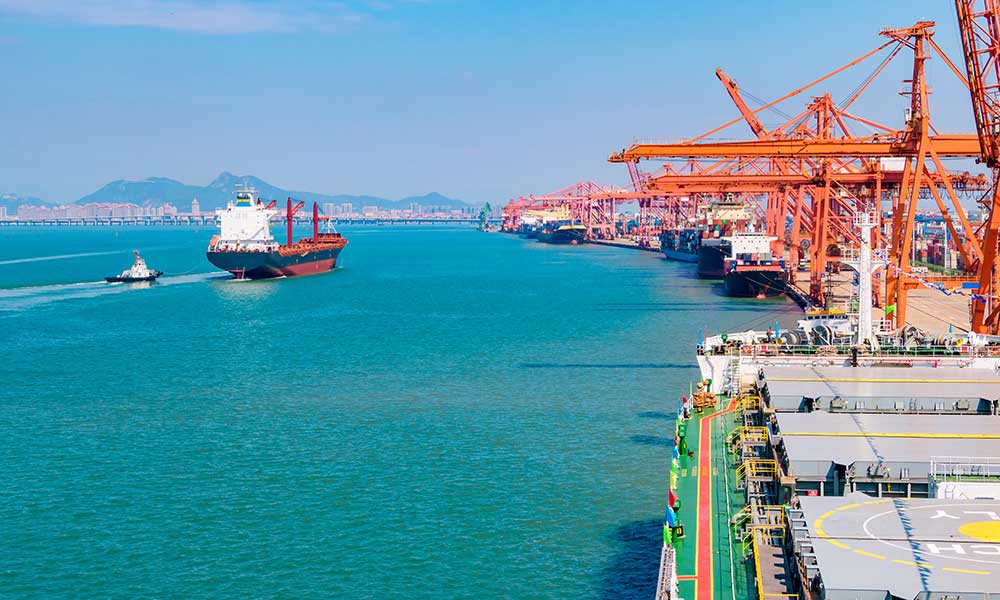Asian countries are responding to U.S. President-elect Donald Trump’s protectionist rhetoric by placing greater emphasis on regional and bilateral trade agreements aimed at promoting transnational economic cooperation without U.S. involvement, analysts say.
After being sworn in for a second term on January 20, 2024, Trump made tariffs a cornerstone of his campaign, pledging to impose duties of up to 20% on U.S. imports across the board, as well as a 60% tariff on Chinese goods.
At the recent Asia-Pacific Economic Cooperation (APEC) forum in Peru, leaders from many of the 21 member economies called for greater regional economic integration as geopolitical tensions rise and supply chains become increasingly fragile.
China signed a stronger trade agreement with Peru.
Indonesia finalized a trade deal with Canada.
Singapore’s Prime Minister, Lawrence Wong, emphasized the importance of reviving the Asia-Pacific Free Trade Area, an agreement still under negotiation among APEC economies.
“APEC is more important now than it was before,” Wong said, highlighting the urgency of collaboration.
Multilateral regional economic partnerships
Trade deals excluding Washington, such as the Regional Comprehensive Economic Partnership (RCEP) and the Comprehensive and Progressive Agreement for Trans-Pacific Partnership (CPTPP), are expected to become more vital for Asian countries in the coming years.
“This will help us manage some of the chaos and damage from the collapsing global system,” said Deborah Elms, head of trade policy at the Hinrich Foundation, an Asia-based group promoting sustainable trade, in an interview with Nikkei Asia.
The RCEP, a trade agreement involving 15 Asia-Pacific countries—including China, Japan, South Korea, and ASEAN members—was signed in November 2020 after eight years of negotiation. Together, these countries account for roughly 30% of global GDP.
In 2017, Trump withdrew the U.S. from the Trans-Pacific Partnership (TPP), leaving Japan to lead the revised agreement. Renamed the CPTPP, the 11-member group, including Canada, Australia, New Zealand, Singapore, and Vietnam, is entering its sixth year. Trade between members rose 5.5% between 2018 and 2021. The United Kingdom joined in December, while China has expressed interest in becoming a member.
Given Trump’s anti-globalization stance, analysts suggest that Japan should expand the CPTPP by adding members and deepening cooperation with the European Union.
A Chinese delegate at APEC remarked, “At the end of the day, we have many trading partners.”
However, China’s own economic policies could pose challenges to regional trade cooperation.
Priyanka Kishore, founder of consultancy Asia Decoded, emphasized that China must boost domestic consumption and increase imports to strengthen regional trade.
“China has a crucial role to play in supporting the region’s external demand,” Kishore told Nikkei Asia, adding, “It needs to do more if it wants to be the champion of intra-regional trade.”
Finding new trading partners could take years
Higher U.S. tariffs could hit Asian economies hard, particularly those with trade-to-GDP ratios exceeding 100%, such as Singapore, Hong Kong, and Vietnam. Currently, only Singapore and South Korea have free trade agreements with the U.S.
Tariffs, paid by importers in the U.S. and collected by U.S. Customs and Border Protection, raise costs that are often passed on to consumers. However, they also hurt foreign exporters by making their goods less competitive.
According to research by Yang Zhou, an economist at Fudan University, the U.S.-China trade war cost China $35 billion, and the U.S. $15 billion in 2018 alone.
A study by Global Trade Alert, an independent organization monitoring world trade policies, explored how Asian countries might cope with losing access to the U.S. market. It concluded that it would take these countries an average of five years to establish new trade partnerships.
For countries like Thailand, the timeline could extend to 24 years, as they shift trade to China, the EU, Vietnam, and Japan. For South Korea, it might take until 2038 to fully replace the U.S. as a trading partner.

